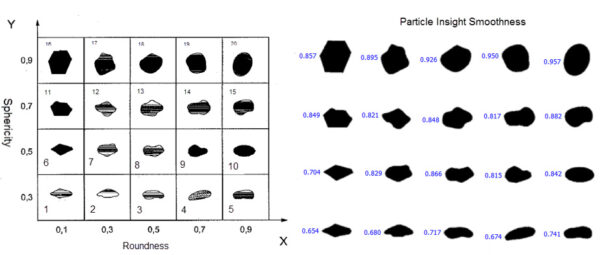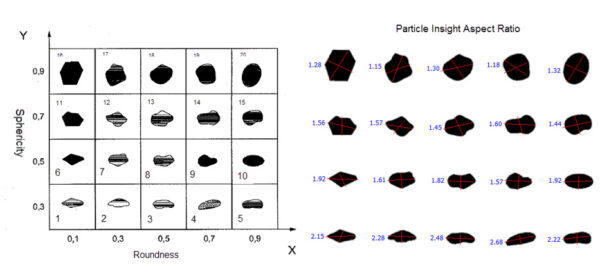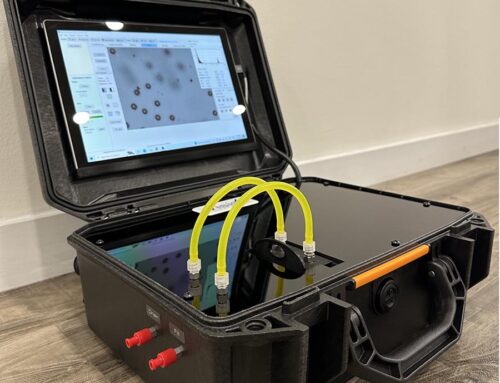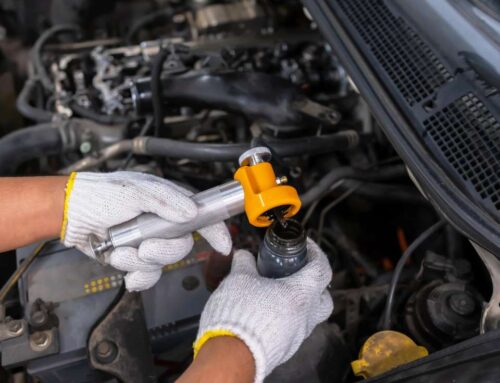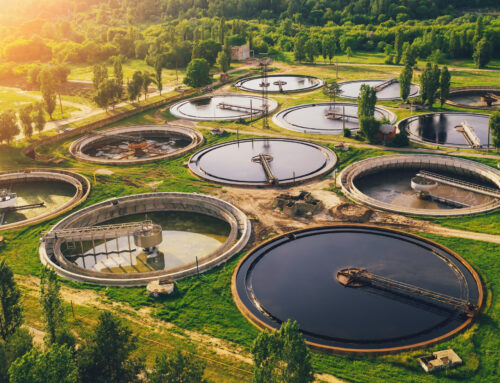Hydraulic fracturing, or fracking, has revolutionized the energy industry, unlocking vast reserves of previously inaccessible natural gas and oil. This innovative technique involves injecting a high-pressure fluid into a wellbore to create small fractures in deep rock formations, allowing natural gas or oil to flow more freely. However, maintaining the integrity of these fractures is a significant challenge facing the industry. The solution to this issue may lie in the smallest component of the process. Specifically, it may be resolved by applying particle imaging to hydraulic frac sands. This blog post will explore how.
The Importance of Fracture Integrity
Fracture integrity is vital for the efficiency and safety of the fracking process. The fractures created during the process must remain open under extreme pressure and temperature conditions to allow the continuous flow of oil or gas. If the fractures close prematurely, the flow can be severely restricted, reducing the productivity of the well. Moreover, the sudden closure of fractures can cause seismic events, leading to potential damage to the wellbore and surrounding infrastructure. Ensuring fracture integrity is – in no small part – dependent on the sand used in the fracking process.
Frac sand is the proppant that is pumped into the wellbore with the fracturing fluid to hold the fractures open once they are created. The size, shape, and strength of the frac sand particles are critical factors that determine how well they can prop open the fractures.
The Traditional Approach: Krumbien / Sloss Chart
For decades, the industry has relied on the Krumbien / Sloss Chart to assess the roundness and sphericity of sand particles. Developed in the 1960s by geologists William Christian Krumbein and L. L. Sloss, this chart provides a visual estimation method for particle shape analysis. However, while revolutionary at the time of its inception, this method has several limitations in the modern context.

The Krumbien / Sloss Chart is subject to user bias, as different operators may interpret the chart differently. Moreover, it only allows for the analysis of a few particles at a time, which may not be representative of the entire sand sample. Lastly, the chart only provides a 2-dimensional perspective, which can overlook important 3-dimensional characteristics of the sand particles. These limitations highlight the need for a more accurate and efficient method of frac sand analysis.
The Promise of Dynamic Image Analysis
Dynamic image analysis, a method that analyzes the size and shape of particles in motion, offers a promising solution for frac sand analysis. This method can analyze tens of thousands of particles in seconds, providing a more representative sample analysis. It also eliminates user bias and allows for a 3-dimensional analysis of particles, offering a more comprehensive view of the sand’s characteristics.
In our study on Automating Traditional Methods of Shape Analysis, we demonstrated how dynamic image analysis can effectively replace the sphericity measure of the Krumbien / Sloss Chart with aspect ratio, while the roundness measure can be replaced with a combination of circularity and smoothness. This allows for a more precise and comprehensive analysis of frac sand, which can significantly enhance the efficiency and safety of fracking operations.
Discover Particle Imaging Solutions
Practical Implications of Using Particle Imaging in Fracking
Adopting a particle imaging technique like dynamic image analysis in the fracking industry has far-reaching implications. By providing a more accurate and comprehensive analysis of frac sand, this technology can help ensure the integrity of fractures, leading to increased productivity and safety in fracking operations. Moreover, it can reduce the risk of seismic events caused by the premature closure of fractures, thereby minimizing potential damage to infrastructure.
- A visual observation of the Krumbein and Sloss chart indicated a selection of Circularity, Smoothness and Aspect Ratio. So, the individual particles were analyzed, measured, and tabulated.
- Rejecting the assumption that an increase in the “Roundness” factor along the X-Axis corresponds to a rise in the Particle Insight’s “Circularity” shape measure, evidence reveals certain particles exhibiting a decrease in Circularity as they transition from left to right (higher “roundness”).
- Contrary to the assumed relationship between increased “Sphericity” along the Y-Axis and higher “Smoothness” in Particle Insight, some particles exhibit decreased Smoothness as they move from top to bottom (higher “Sphericity”).
- However, it is clear to see that an equivalent measure to the Krumbein and Sloss Comparison chart for “Sphericity” (Y-axis) would be Aspect Ratio.
The Future of Frac Sand Analysis
The advent of dynamic image analysis represents a significant advancement in frac sand analysis. By providing a more accurate, efficient, and comprehensive method of analysis, it can help ensure the integrity of fractures in hydraulic fracturing operations, leading to increased productivity and safety. As the fracking industry continues to evolve, the adoption of such advanced technologies will be crucial for its continued success.
Moreover, the transition from traditional methods like the Krumbien / Sloss Chart to more advanced techniques like particle imaging reflects the broader trend of digital transformation in the energy industry. As technology continues to advance, we can expect to see further innovations in particle imaging and other areas of the fracking process, driving efficiency and sustainability in the industry.





